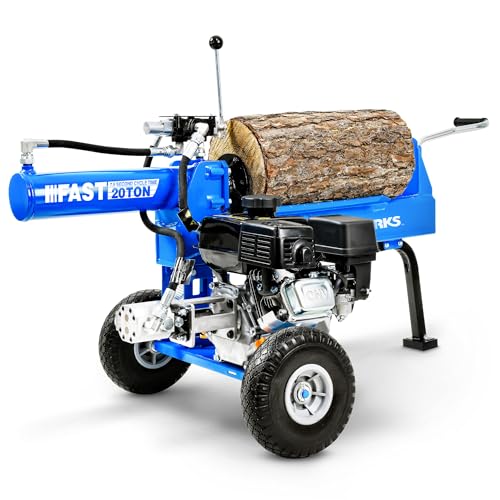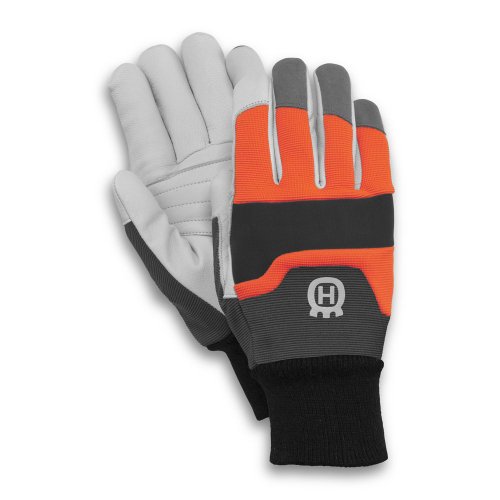woodchuck357
Addicted to ArboristSite
Yesterday I was working with a neighbor kid, a fairly well muscled 15 year old, splitting some hackberry. Not the easiest wood to split but not the hardest either. He started out splitting with a six pound maul with a 28 inch handle and was having a little trouble. I let him use one of my six pound mauls that had a 40 inch handle and he was doing better. I'm not sure how much extra speed the longer handle gives the head but it sure makes a difference.
I kept encouraging him to strike thru the round not at the top. Aim at the bottom of the round thru the place you need to hit for the best split. But he just didn't seem to get it.
We were splitting on the ground with the rounds inside of a couple of stacked tires. I could tell he was still holding back, not hitting with as much speed and force as he was capable of. So I cut a 4 inch thick slice off a very knotty round and put it under his rounds, not raising it enough to change much but it made a whale of a lot of difference in his splitting. He was able to strike thru the wood because he knew now that the maul wouldn't hit dirt with the slice setting under the round. After a while and he realizes the maul never gets more than half way thru the round we will go back to setting the rounds on the dirt.
I kept encouraging him to strike thru the round not at the top. Aim at the bottom of the round thru the place you need to hit for the best split. But he just didn't seem to get it.
We were splitting on the ground with the rounds inside of a couple of stacked tires. I could tell he was still holding back, not hitting with as much speed and force as he was capable of. So I cut a 4 inch thick slice off a very knotty round and put it under his rounds, not raising it enough to change much but it made a whale of a lot of difference in his splitting. He was able to strike thru the wood because he knew now that the maul wouldn't hit dirt with the slice setting under the round. After a while and he realizes the maul never gets more than half way thru the round we will go back to setting the rounds on the dirt.























































